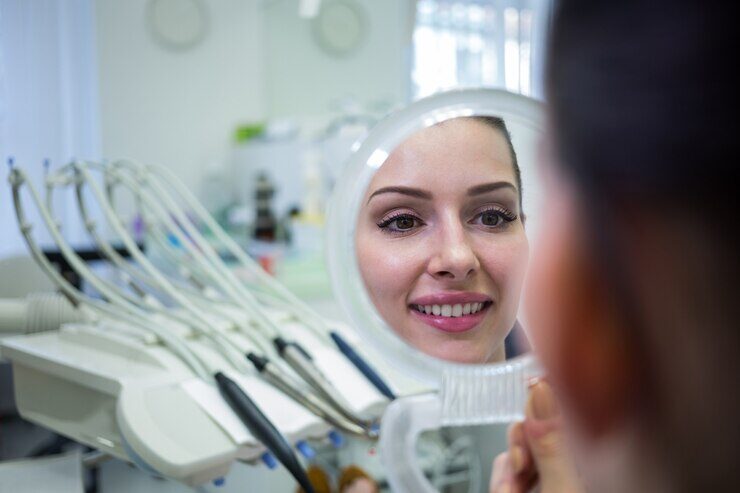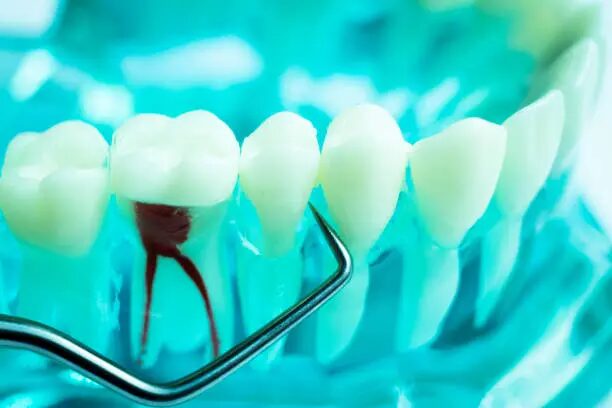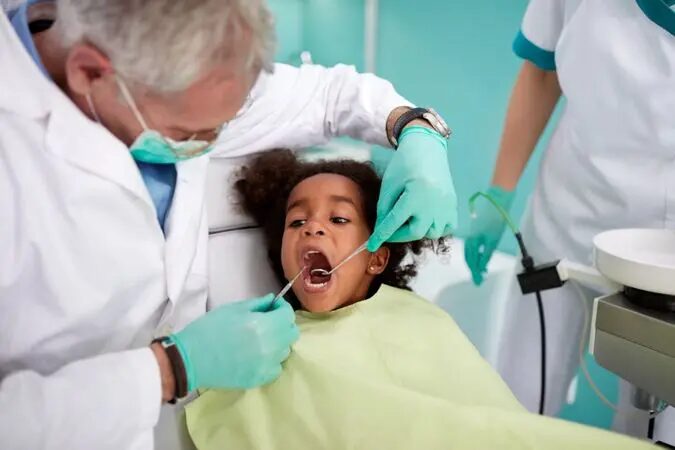Periodontics, the branch of dentistry focused on the prevention, diagnosis, and treatment of diseases affecting the gums and supporting structures of the teeth, has seen remarkable advancements in recent years. Emerging technologies and treatment modalities are revolutionizing periodontal care, offering more precise diagnoses, minimally invasive treatments, and enhanced outcomes for patients. In this article, we explore some of the most exciting innovations shaping the future of periodontics and their implications for improving oral health.
Laser Therapy in Periodontics
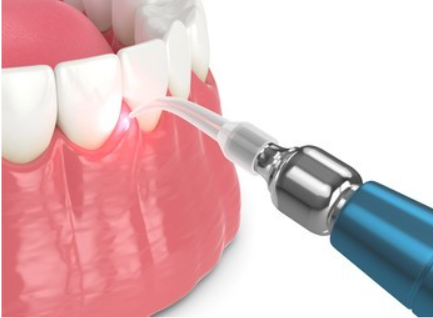
Laser therapy has emerged as a valuable tool in periodontal treatment, offering several advantages over traditional methods. Lasers allow for precise targeting of diseased tissue while minimizing damage to surrounding healthy tissue. Laser therapy can be used for various periodontal procedures, including gingival contouring, pocket decontamination, and soft tissue management. With shorter healing times and reduced post-operative discomfort, laser therapy is revolutionizing periodontal care by providing patients with more comfortable and efficient treatment options.
Platelet-Rich Plasma (PRP) Therapy

Platelet-rich plasma (PRP) therapy harnesses the regenerative properties of platelets found in the patient’s own blood to promote tissue healing and regeneration. In periodontics, PRP therapy is used to enhance the outcome of surgical procedures such as periodontal flap surgery and dental implant placement. By delivering concentrated growth factors directly to the surgical site, PRP therapy accelerates healing, reduces inflammation, and improves tissue integration, leading to better long-term outcomes for patients undergoing periodontal treatment.
Guided Tissue Regeneration (GTR)

Guided tissue regeneration (GTR) is a surgical technique used to promote the regeneration of lost periodontal tissues, including bone, ligaments, and cementum. GTR involves the placement of barrier membranes or scaffolds to prevent the migration of epithelial cells into the defect site, allowing for the selective repopulation of the defect by periodontal ligament cells and osteoblasts. By facilitating tissue regeneration, GTR holds promise for the treatment of periodontal defects and furcation involvement, offering a more predictable and effective solution for restoring periodontal health.
Cone Beam Computed Tomography (CBCT) Imaging
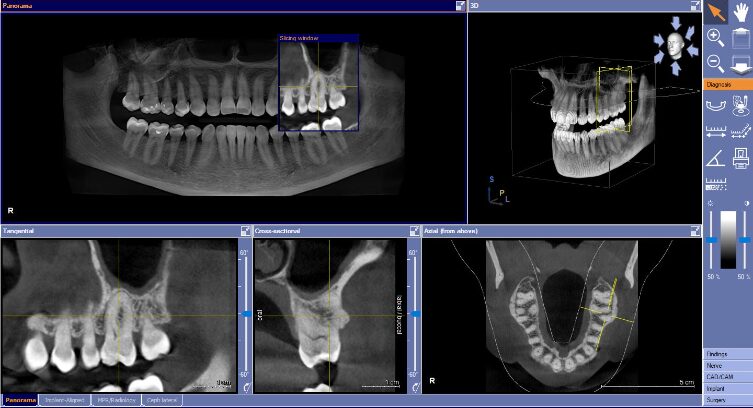
Cone beam computed tomography (CBCT) imaging has revolutionized the diagnostic capabilities of periodontics by providing detailed three-dimensional images of the maxillofacial region. CBCT imaging allows periodontists to accurately assess bone morphology, identify anatomical structures, and visualize the extent of periodontal disease. With its high resolution and low radiation exposure, CBCT imaging enables more precise treatment planning and enhances the predictability of surgical outcomes in periodontal therapy.
Minimally Invasive Surgical Techniques
Advances in minimally invasive surgical techniques have transformed the field of periodontics by offering less traumatic and more conservative approaches to treating periodontal disease. Techniques such as minimally invasive flap surgery, microsurgical instrumentation, and regenerative therapies minimize tissue trauma, preserve anatomical structures, and promote faster healing and recovery. Minimally invasive approaches not only reduce patient discomfort and downtime but also preserve aesthetics and function, making them increasingly popular in periodontal practice.
Microbiome-Based Therapies
Recent research has highlighted the role of the oral microbiome in the pathogenesis of periodontal disease, paving the way for microbiome-based therapies as a novel approach to periodontal treatment. Microbiome-based therapies aim to modulate the composition and activity of the oral microbiota to promote a healthy microbial balance and prevent disease progression. Strategies such as probiotics, prebiotics, and antimicrobial agents target specific microbial species associated with periodontal disease, offering potential adjunctive treatments for enhancing periodontal health and preventing recurrence.
Conclusion
Advances in periodontics are transforming the landscape of oral health care, offering more precise diagnostics, minimally invasive treatments, and personalized therapies for patients with periodontal disease. From laser therapy and platelet-rich plasma (PRP) to guided tissue regeneration (GTR) and cone beam computed tomography (CBCT) imaging, emerging technologies, and treatment modalities are revolutionizing periodontal care by improving treatment outcomes, enhancing patient comfort, and promoting long-term periodontal health. As the field continues to evolve, periodontists are poised to deliver more effective and personalized care, ensuring optimal oral health and quality of life for patients now and in the future.


